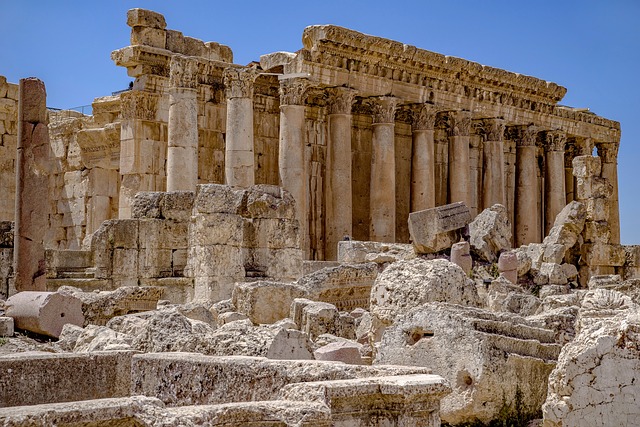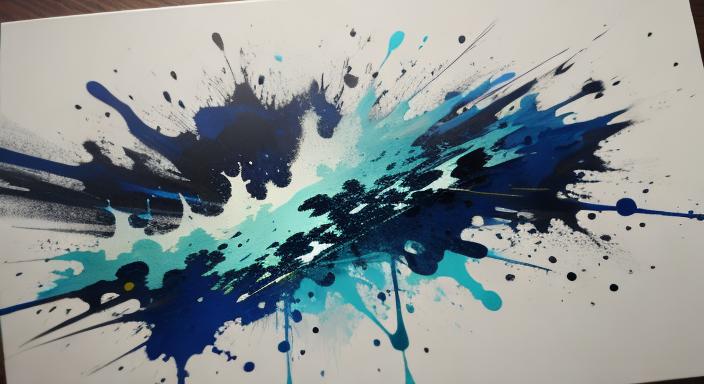When you think of ancient Rome, gladiators, emperors, and grand armies might come to mind. But beyond their military might, the Romans were artistic pioneers whose creativity shaped the world we live in today. From towering buildings to colorful mosaics, let’s dive into seven ways Roman art and engineering still leave us in awe—all explained in simple, easy-to-understand terms!
1. They Built the Impossible with Concrete
The Romans didn’t just use concrete—they invented it! This revolutionary material allowed them to construct massive, durable structures that still stand today. Roman concrete influenced modern construction techniques, inspiring innovations in durability and sustainability. For instance, the U.S. Capitol and modern sports stadiums draw design inspiration from Roman arches and domes, while the Pantheon’s enduring strength continues to guide contemporary concrete engineering. Take the Pantheon, for example. Its gigantic dome, made entirely of unreinforced concrete, remains the largest of its kind in the world—2,000 years later! They also mastered arches and domes, which distributed weight evenly and let them build wonders like the Colosseum, an arena that could seat 50,000 cheering spectators.
Fun Fact: Roman concrete was so strong because they mixed it with volcanic ash, a trick modern scientists are still studying!
2. They Turned Walls into Storybooks
Walk into a wealthy Roman’s home, and you’d find walls splashed with colorful frescoes (paintings made on wet plaster) and floors covered in intricate mosaics (designs made from tiny tiles). These weren’t just decorations—they told stories! In cities like Pompeii and Herculaneum, preserved by the eruption of Mount Vesuvius in 79 AD, we’ve found frescoes showing everything from family dinners to mythical battles. These artworks reflect the values and interests of Roman society, highlighting their fascination with mythology, daily life, and social status. For instance, frescoes often depicted vibrant scenes of banquets, showcasing the importance of hospitality, or gods and heroes, emphasizing cultural ideals and religious devotion. One famous mosaic even depicts Alexander the Great fighting a Persian king!
Pro Tip: Check out how archaeologists painstakingly restore these ancient artworks—it’s like solving a 2,000-year-old puzzle!
3. Their Sculptures Were “Instagram Real”
While the Greeks idealized their statues, Romans went for hyper-realism. Their sculptors carved wrinkles, scars, and even receding hairlines into marble busts of emperors and everyday people. Want proof? Look at statues of Emperor Augustus or Julius Caesar—they look like they could step off their pedestals and start giving orders! Other examples include the bust of Cicero, which captures the intensity of his gaze, and the statue of a Roman patrician holding the busts of his ancestors, a vivid testament to the importance of family lineage and heritage in Roman culture.
One of their grandest projects was Trajan’s Column, a 98-foot-tall monument covered in carvings that spiral upward, showing Emperor Trajan’s military victories in stunning detail.
4. They Copied Greek Art (But Added Their Own Spin)
The Romans loved Greek art—so much that they copied statues of gods and heroes. But they weren’t just imitators! They put their own twist on things. For example:
- Greeks made art for beauty; Romans used it to decorate homes, temples, and public squares.
- Greek statues aimed for perfection; Roman portraits focused on realism, flaws and all.
5. They Made Art for Everyone
Roman art wasn’t just for the rich. They filled public spaces with triumphal arches (like the Arch of Constantine) to celebrate military wins and erected statues of emperors in busy forums. Even their engineering marvels, like aqueducts that carried water across cities, blended practicality with artistry.
6. They Mastered Everyday Art
From glossy red pottery to delicate glassware, Romans turned everyday objects into works of art. They invented a technique called terra sigillata to make stylish dishes stamped with intricate patterns. They also perfected glassblowing, crafting cups, vases, and jewelry in vibrant colors that we’d still envy today.
7. Their Legacy Fueled the Renaissance
Roman art didn’t fade away—it inspired future generations. During the Renaissance, artists like Michelangelo and Raphael studied Roman ruins to learn about proportion, symmetry, and design, influencing masterpieces like Michelangelo’s Sistine Chapel and St. Peter’s Basilica. Even today, engineers marvel at their concrete recipes, and architects incorporate Roman features like arches, columns, and domes in iconic structures such as the U.S. Capitol and the Hagia Sophia.
Conclusion
The Romans were more than just warriors—they were innovators who mixed practicality with creativity. Their art and engineering gave us iconic buildings, lifelike sculptures, and the idea that art should be enjoyed by everyone. Today, their innovations continue to shape the modern world, from the domes and arches in our skylines to the durability of concrete in our infrastructure. So next time you see a mosaic, a dome, or even a simple concrete sidewalk, remember: the Romans probably did it first!
Want to Explore More?
- Watch a video on how the Pantheon’s dome defies gravity.
- Take a virtual tour of Pompeii’s preserved frescoes (see above).
- Learn how Roman concrete is helping modern architects build greener cities.



